What is SAP IBP ? Introduction & Benefits of SAP IBP
It demonstrates SAP’s technology platform as well as integration methods of SAP systems – helping your digital integration succeed!
Overview, Introduction to SAP IBP
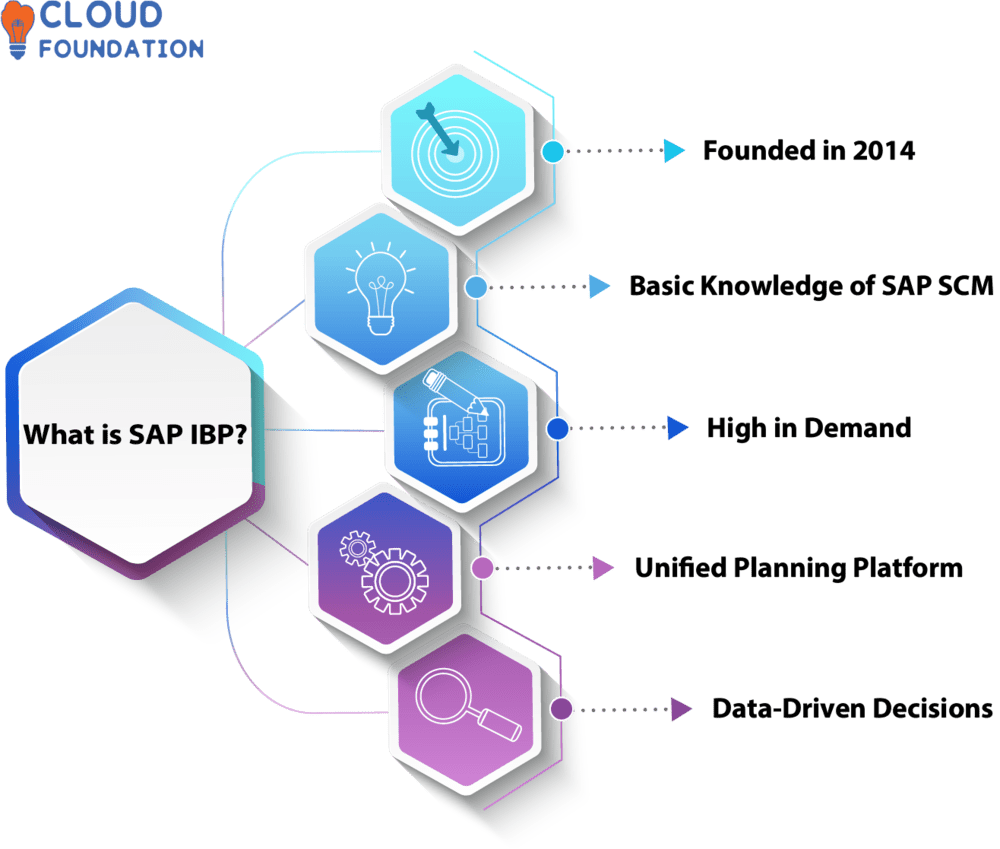
SAP IBP was designed to enhance planning processes’ precision, speed, and transparency – three essential qualities for successful decision-making processes.
As such it enables better inventory performance, faster response to shifts in market demand, enhanced end-to-end visibility into customer and supply chain data as well as offering businesses greater sharing data throughout their supply chains and streamlining processes more easily through providing a unified planning platform with real time access to real time client demand information so they may act promptly on new opportunities or resolve existing ones more rapidly.
SAP IBP definition OR Define SAP IBP
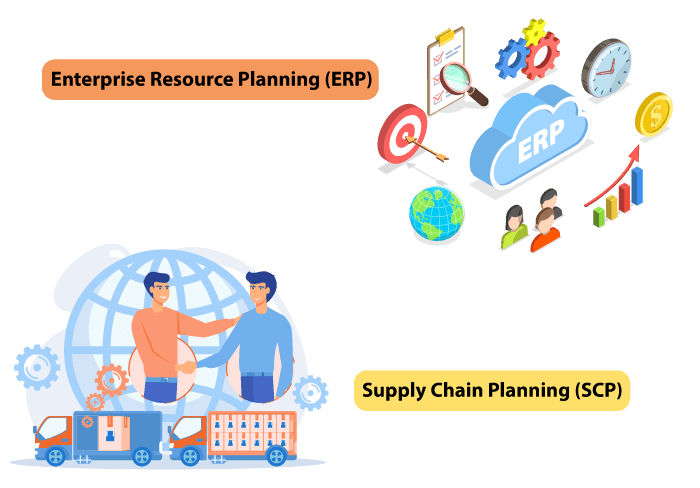
IBP integrates Supply Chain Planning (SCP) and Enterprise Resource Planning (ERP) technologies for integrated supply chain operations and performance visibility, optimizing operational goals and planning procedures while adapting to market changes for increased competitiveness.
Furthermore, users have access to IBP resources to analyze current trends to predict upcoming ones allowing for effective and well-informed tactic development that leads to increased ROI.
Companies using IBP can quickly make informed judgments that take all aspects into consideration, from client wants and wants, prices to market changes and emerging trends – as well as quickly identify client trends or business marketing opportunities within minutes!
What does SAP IBP do, and What is SAP IBP used for?
By eliminating manual duties, IBP streamlines operations while increasing decision accuracy and speed.

SAP IBP for Supply chain plans may include Demand Plans, Inventory Plans, Capacity Plans and Production Plans.
IBP employs cutting-edge analytics that provide visibility into how operations and supply chains are performing, helping identify patterns and trends related to particular processes while also pinpointing any dangers which might impact on operations.
Furthermore, its interaction with corporate systems reduces human data entry needs while simultaneously expanding operational visibility.
By creating strategic action plans, businesses are better prepared to quickly adapt to shifting market circumstances and alter their strategy accordingly.
IBP provides advanced forecasting and risk analysis, helping organizations anticipate, control, and respond appropriately to any unexpected events or change that arises.
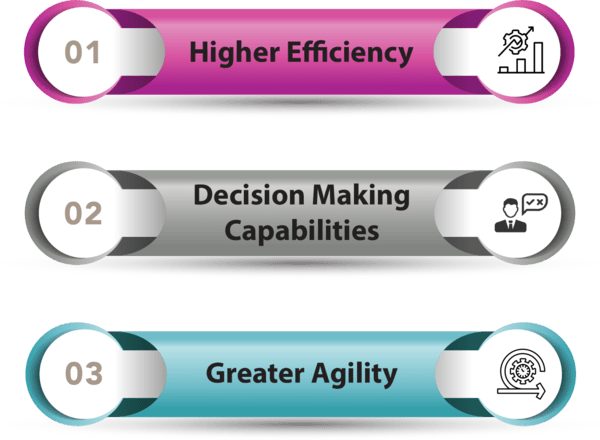
It can deliver various advantages to organizations, including Higher Efficiency, Enhanced Decision Making Capabilities and Greater Agility.
Furthermore, it enables organizations to enhance customer happiness, reduce costs and leverage resources more effectively while offering superior operational insight.
What is SAP IBP used for?
With quick access to reliable data as well as quick coordination among multiple departments within an organization and visibility into internal processes that influence decisions being a significant benefit in every aspect.
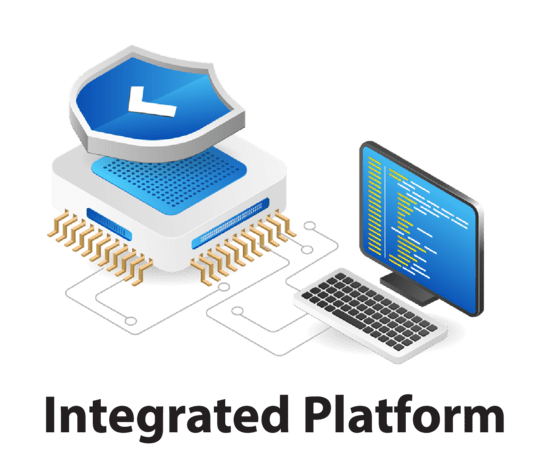
It offers an Integrated Platform designed to streamline organizational planning procedures and operations. It facilitates planning, monitoring and management of supply chain componentsto reach maximum performance for peak results.
A powerful analytics module built into the system analyzes business scenarios to offer insight into various operations, additionally it has advanced modeling capabilities which help determine optimal responses in response to shifting circumstances or ever-evolving business requirements.
Accessing real-time data and insights to guide decisions and monitor effectiveness is made straightforward with SAP IBP, plus there are collaboration tools included that make managing workflows and departments simpler and allow integration between various operational systems.
Initial benefits for businesses include SAP IBP Planning and organizing resources across their entire value chains while incorporating forecasts into various planning processes through an integrated platform.

Furthermore, its Increased Process Visibility enables stakeholders to audit workflows to achieve greater outcomes for themselves, and finally its strong analytical capabilities may assist with decision-making or effectiveness evaluation.
Why SAP IBP and What are its Benefits ?
Demand for reliable real-time business information has skyrocketed as firms move toward digital age operations while facing fierce rivalry and complexity of modern markets.
Organizations need reliable information in real time that allows for foresight, preparation and adaptation quickly while remaining responsive, agile and scalable if they wish to stay ahead of competition, manual procedures or restrictive operating models often become barriers preventing this ability from emerging.

SAP IBP Training

It Provides them with an all-encompassing platform on which to assess, forecast, plan, simulate and optimize their entire supply chain.
Supply chain managers now can easily monitor and control every element of their supply chains from one central platform using IBP.
IBP’s planning engine integrates predictive, prescriptive and descriptive analytics for various planning tasks to quickly simplify operations quickly, adapt to changing client demands quickly, establish reliable supply and demand chains and eliminate manual procedures or isolated solutions allowing firms to optimize their supply chains more easily than ever.
SAP IBP gives users real-time supply chain insights using big data, predictive analytics and machine learning.
Businesses can thus more accurately spot opportunities early and make better decisions regarding pricing or inventory management strategies that could have an effect on business performance.
SAP IBP allows users to design complex scenarios to help understand this potential impact to business performance.
Benefits of SAP IBP
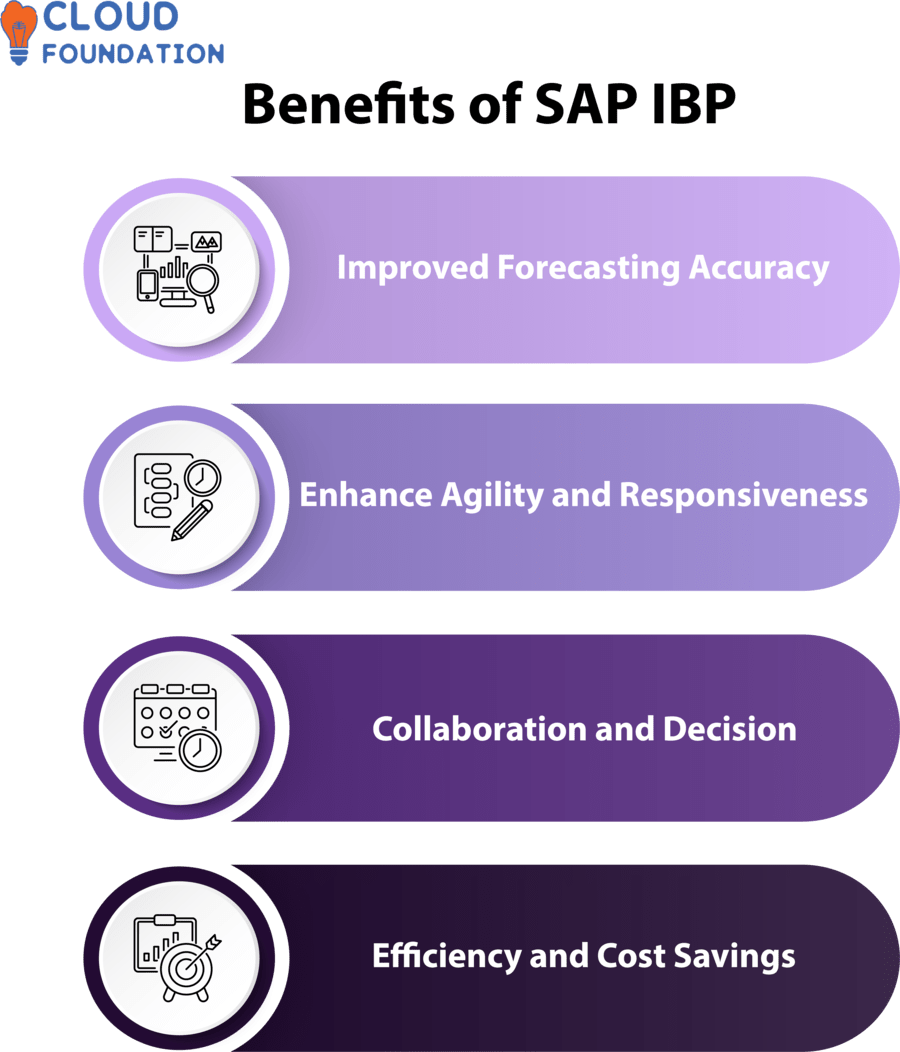
Improved Forecasting Accuracy: SAP IBP employs machine learning (ML) and advanced analytics to combine data from various sources efficiently, and predict future demand accurately and with pinpoint precision and predictability.
Companies using this data-driven method are better able to pinpoint risks or threats to the supply chain more rapidly, taking proactive measures against possible disruptions and acting swiftly upon them if any arise.
Enhance Agility and Responsiveness: Businesses benefiting from current demand information and increased supply chain visibility can quickly adapt their strategy in response to ever-evolving market conditions and client requests, remaining more agile and responsive as a result and remaining more cost competitive than their competition.
Collaboration and Decision-Making: IBP provides supply chain decision makers a collaborative workspace. Users can join forces towards common goals through our integrated tools that facilitate faster decision-making processes and communication channels.
Efficiency and Cost Savings: IBP helps the supply chain run more efficiently by automating procedures, eliminating mistakes, and cutting waste – leading to increased productivity, decreased lead times, cost savings and precise planning processes with reduced risks associated with inaccurate forecasting.
What is SAP IBP Software and How to Use SAP IBP?
Businesses increasingly recognize the necessity for managing supply chain operations more effectively, with reliable software solutions providing essential capabilities in this endeavor.
Customers can utilize its integrated end-to-end operational planning functionality for managing supply chain operations on SAP HANA platform. Planning, forecasting, optimization, and theme analysis are used.
Furthermore, SAP IBP Data Integration from various sources makes data-driven decisions simpler for businesses to make.
Companies can quickly analyze supply and demand of goods and services offered to quickly select optimal strategies using optimization, predictive modeling and advanced analytics features.
In addition, this software interfaces directly with SAP’s Business Warehouse component for ease of data gathering that supports operations.

Businesses can Reduce overall Expenses while keeping processes transparent by employing SAP IBP with its four seasons affect optimizer to better control production variances and establish buffers between demand, supply and capacity.
How to Use SAP IBP?
Businesses need to first understand the fundamental concepts of supply chain management to successfully utilize SAP IBP.
This involves familiarity with its various elements and their respective roles within supply chains as well as understanding IBP Demand forecasting as well as inventory control optimization techniques.

SAP IBP Online Training

This assists both data management as well as supply chain visibility.
Users of SAP IBP can forecast demand and supply by creating databases to monitor customer needs more accurately while optimizing inventory costs while meeting client desires more completely.

SAP IBP also features Dynamic Dashboarding and Digital Collaboration Boards to aid businesses in sharing information, debating ideas, and making real-time decisions.
Businesses can maximize supply chain optimization using forecasts and models to analyze supply chains and identify areas for improvement in real time, before any issues develop and adjustments must be implemented to correct any inadequacies.
With such technologies available to them, firms are better able to spot areas requiring attention quickly enough so necessary adjustments may be implemented quickly before issues emerge.
They can utilize these tools for instantaneous collaboration among employees or collaborating on business decisions in real-time.
SAP IBP Tool
With SAP IBP’s (Integrated Business Planning), firms may make more informed decisions more rapidly than before.

Organizations can utilize it to Increase Data Visibility, Automate Procedures, and Rapid Decision Making.
SAP IBP gathers information from various sources to form an accurate and up-to-date picture of an organization’s business operations.
Businesses can utilize various data sources to assess customer demand. This enables a company to manage inventory levels effectively and meet client demands more easily.
By harnessing technology, businesses are better able to monitor and oversee the progress of plans, identify KPIs and utilize simulations to test different scenarios.
Furthermore, technology helps keep businesses informed of any modifications within their environment or changes that impact plans as necessary, ultimately benefitting both.
Companies can utilize this tool to set inventory replenishment parameters and establish simple rule sets, helping maintain balanced stock levels necessary to satisfy customer orders.
SAP IBP Features

Dynamic Demand Management– Machine learning algorithms and real-time intelligence accurately forecast customer demand while being responsive to shifting market conditions, simplifying forecasting customer preferences and supply chain planning processes. Businesses can then automatically alter orders when demand spikes or drops.
Advanced Analytics– SAP IBP offers supply chain performance data out-of-the-box, which enables organizations to analyze trends and make data-driven decisions to increase efficiency and effectiveness while SAP’s graphical dashboard facilitates complex data analysis and understanding.
Planning Model– It allows enterprises to construct scenario-based plans to fulfill their goals and ambitions, optimizing performance by comparing projected results against key performance indicators (KPIs).
Furthermore, this planning model tracks scenario costs providing organizations a complete financial picture of their objectives.
Risk Management – Predictive analytics enable firms to quickly detect threats in real-time and respond capably. SAP IBP includes an effective KPI monitoring system which assists organizations in quickly finding and fixing supply chain issues before they become serious concerns.
What are the best ways to learn SAP IBP?

CloudFoundation offers comprehensive classes from beginner through expert levels on every platform-related topic. Students have access to Online Training and Self-Paced Training that allows for independent completion with our expert teachers guiding along.
If you have any queries or questions to ask, feel free to reach out our 24-hour support team who is available 24/7.
Certified trainers can teach you effectively. Their extensive knowledge will allow to quickly grasp its capabilities and offer implementation strategies quickly and efficiently.
SAP IBP can be studied via various approaches; however, its complexity makes studying on your own more challenging.
By enrolling in classes and attending sessions you’ll quickly expand your knowledge base.

SAP IBP Course Price


Ankita
Author